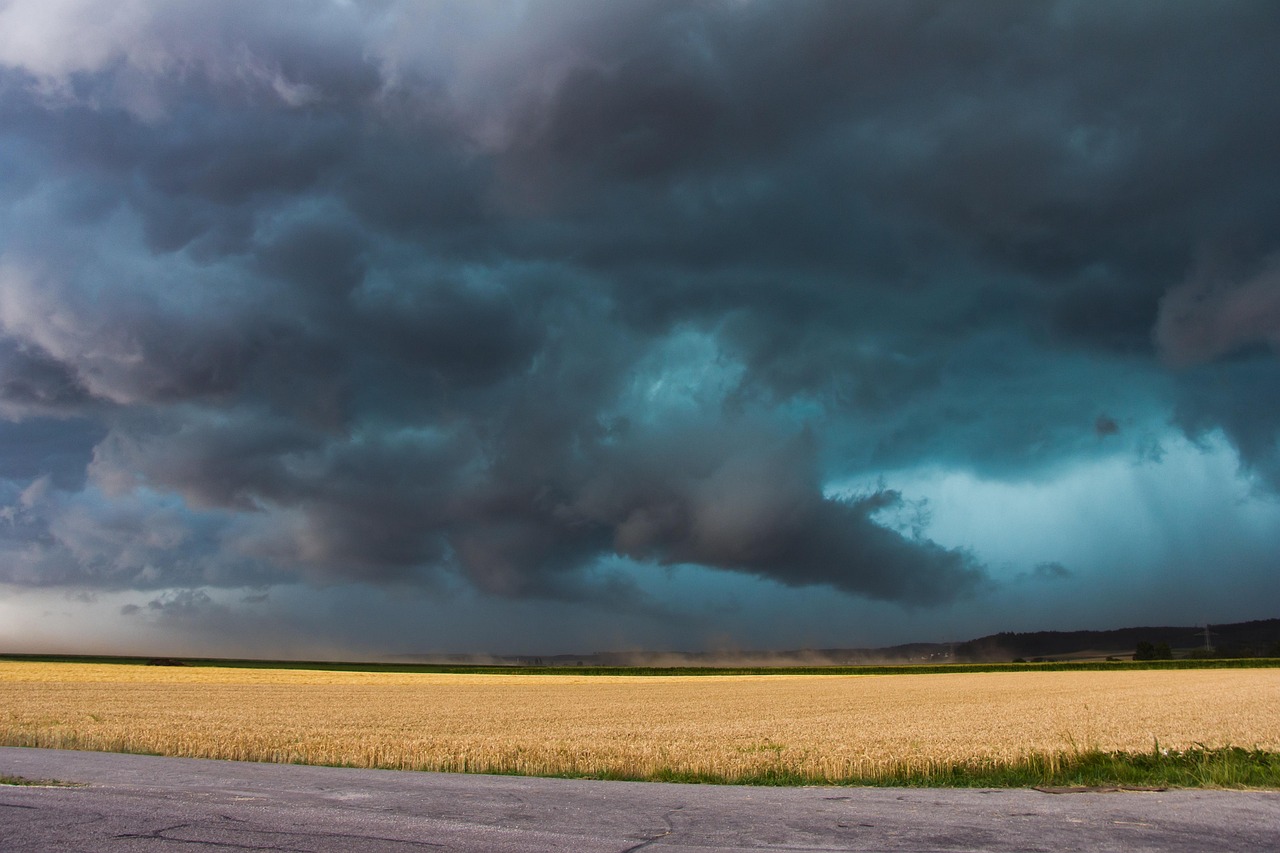News release
From:
Climate change: Rapid ‘temperature flips’ on the rise in warming world
Rapid temperature flips from hot to cold extremes have increased across the world, according to a study in Nature Communications. These flips, which may negatively impact ecosystems and human health, are projected to further increase under global warming in most areas of the world by the end of the century, posing a particular danger for low-income countries.
Rapid temperature flips are sudden shifts in temperature from extreme warm to extreme cold or vice versa. Owing to limited time to adapt to rapid temperature shifts, flips in either direction are likely to amplify the negative consequences of independent warm and cold extremes on societal and natural systems, affecting human and animal health, infrastructure, vegetation and agriculture. Although there is growing literature on independent extreme warm or extreme cold climate events, little is known about the wider effects of rapid shifts between the two.
Ming Luo and colleagues analysed data of temperature flips, an abrupt change of one standard deviation above to below the mean temperature within five days, at a global scale between the years 1961 to 2023. Observable data were combined with climate models and used to investigate long-term trends, as well as projected future changes until the end of the 21stcentury under different climate change scenarios. Over 60% of the global regions included in the analysis have experienced an increase in frequency, intensity, and transition speed of temperature flips since 1961. The largest increases were seen in South America, West Europe, Africa, and South and Southeast Asia. Under high-emission scenarios (SSP 5.0–8.5 and SSP 3.0–7.0, in which greenhouse gas emissions continue to rise during the 21st century), temperature flips are projected to increase in intensity and duration between 2071 to 2100, with decreased duration of the transitions between the two extremes. The authors predict that global population exposure to temperature flips could increase by over 100% under the SSP 3.0–7.0 scenario, with low-income countries expected to experience the greatest increase in exposure to rapid temperature flips, 4–6 times larger than the global average. However, projections with low-medium emission scenarios (SSP 2–4.45 and SSP1–2.6, in which emissions are eventually reduced) indicate that global exposure increases could be limited through actions to reduce global emissions and associated warming.
The authors suggest that adaptive capacity to temperature flips needs to be enhanced everywhere in the world, but even more so in in developing countries with large populations.



 Australia; International
Australia; International



